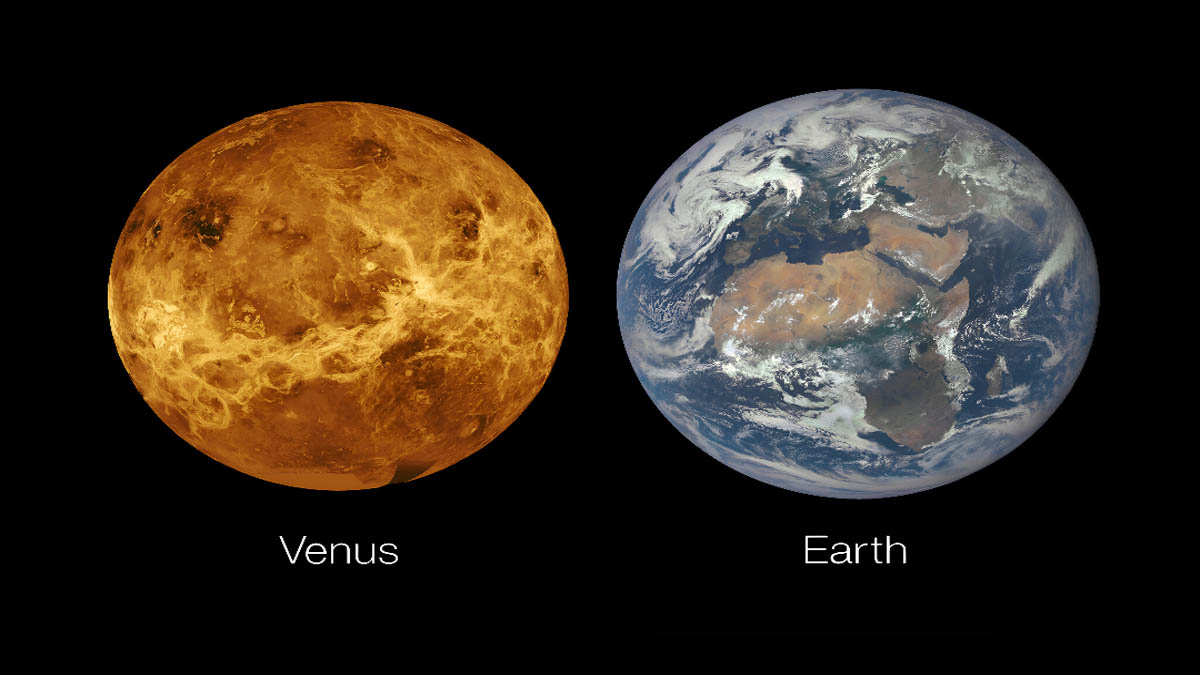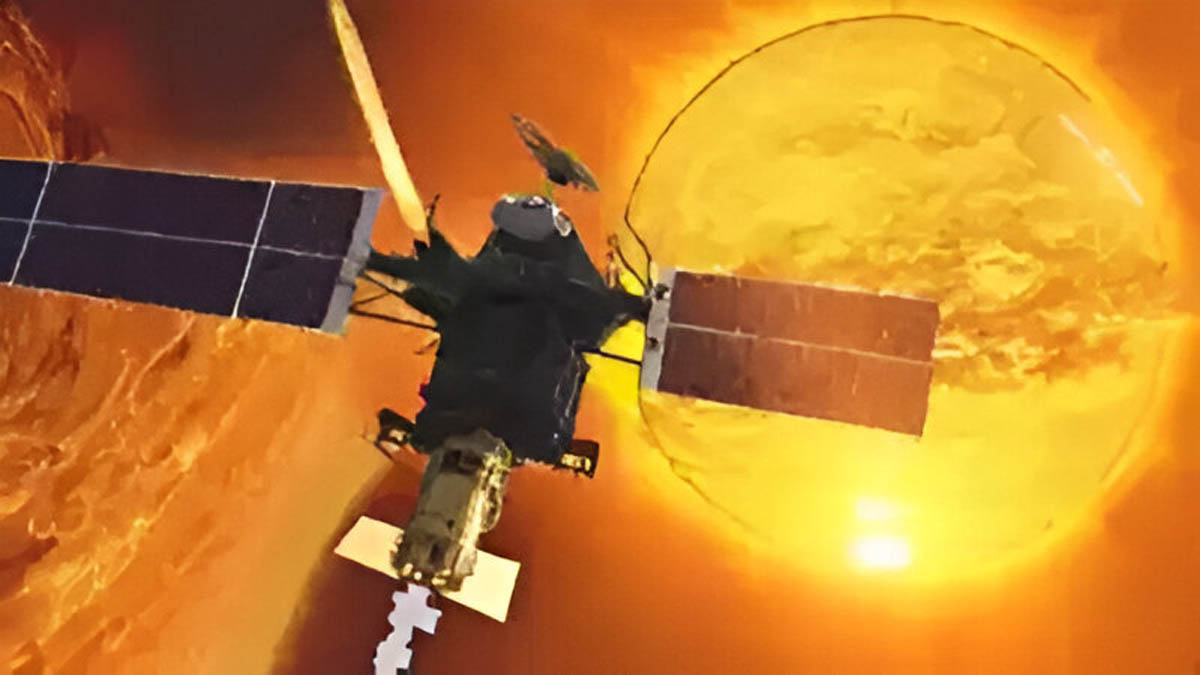Now Reading: Venus is Wrinkling: Decades-Old Data Reveals Big Quakes Reshaping the Planet
-
01
Venus is Wrinkling: Decades-Old Data Reveals Big Quakes Reshaping the Planet
Venus is Wrinkling: Decades-Old Data Reveals Big Quakes Reshaping the Planet

For years, Venus has been perceived as Earth’s seemingly dormant twin, a scorching world shrouded in a thick atmosphere. However, groundbreaking analysis of data collected over three decades ago by NASA’s Magellan mission has unveiled compelling evidence suggesting significant tectonic activity is deforming the planet’s surface. This revelation challenges long-held assumptions and offers exciting new insights into the geological processes shaping Venus.
Launched in 1989, the Magellan orbiter provided the most detailed gravity and topography data of Venus to date. Now, a team of researchers has meticulously examined this archival information, uncovering telltale signs that vast, quasi-circular features known as coronae are not static relics but are actively being reshaped by powerful forces beneath the Venusian crust.
Unlike Earth, Venus does not exhibit plate tectonics, the process where large sections of the crust constantly shift and recycle. Instead, the deformation on Venus appears to be driven by plumes of hot, buoyant material rising from the planet’s mantle. These plumes push against the lithosphere – the planet’s crust and the uppermost part of its mantle – causing the surface to bulge upwards and outwards. This outward pressure can lead to the surrounding surface sinking back down, a process akin to a unique form of subduction distinct from Earth’s plate tectonics.
The study, published in the journal Science Advances, focused on 75 prominent coronae. The analysis revealed that 52 of these structures show evidence of active plumes beneath them, indicated by lower density material detected through gravity data that wasn’t apparent in topography data alone. This suggests that a significant portion of Venus’s surface is currently undergoing tectonic deformation.
“Coronae are abundant on Venus. They are very large features, and people have proposed different theories over the years as to how they 1 formed,” explained co-author Anna Gülcher, a planetary scientist at the University of Bern in Switzerland. “The most exciting thing for our study is that we can now say there are most likely various and ongoing active processes driving their formation. We believe these same processes may have occurred early in Earth’s history.”
This research not only highlights the dynamic nature of Venus but also provides a potential window into our own planet’s past. The tectonic processes observed on Venus today might resemble those that were prevalent on early Earth before the advent of plate tectonics.
Furthermore, the study identifies potential sites where another tectonic process called “lithospheric dripping” might be occurring. This involves denser, cooler material sinking from the lithosphere into the hotter mantle. Additionally, the researchers found evidence suggesting that mantle plumes might also be driving volcanic activity in certain regions.
The implications of these findings are significant. They suggest that Venus is a far more geologically active world than previously imagined, with ongoing processes that continue to mold its surface. This also raises the possibility of “Venusquakes,” seismic events resulting from this tectonic activity. While no direct measurements of venusquakes have been made, scientists are actively exploring methods to detect them in future missions, potentially through ground sensors, balloon-based pressure sensors, or even satellite-based airglow imagers.
This renewed understanding of Venus’s geological dynamism comes at an opportune time. NASA’s upcoming VERITAS (Venus Emissivity, Radio Science, InSAR, Topography, and Spectroscopy) mission, slated for launch later this decade, will provide significantly higher resolution gravity and topography data. This mission promises to revolutionize our understanding of Venus’s geology, potentially confirming these findings and revealing even more about the forces shaping our enigmatic sister planet.
The analysis of decades-old Magellan data serves as a powerful reminder of the wealth of information still hidden within planetary archives. It underscores the importance of revisiting past missions with new analytical techniques to unlock further secrets about our solar system and the processes that govern planetary evolution. As we prepare to send new missions to Venus, these findings provide a crucial foundation for understanding the planet’s dynamic interior and its role in the broader context of planetary science.










